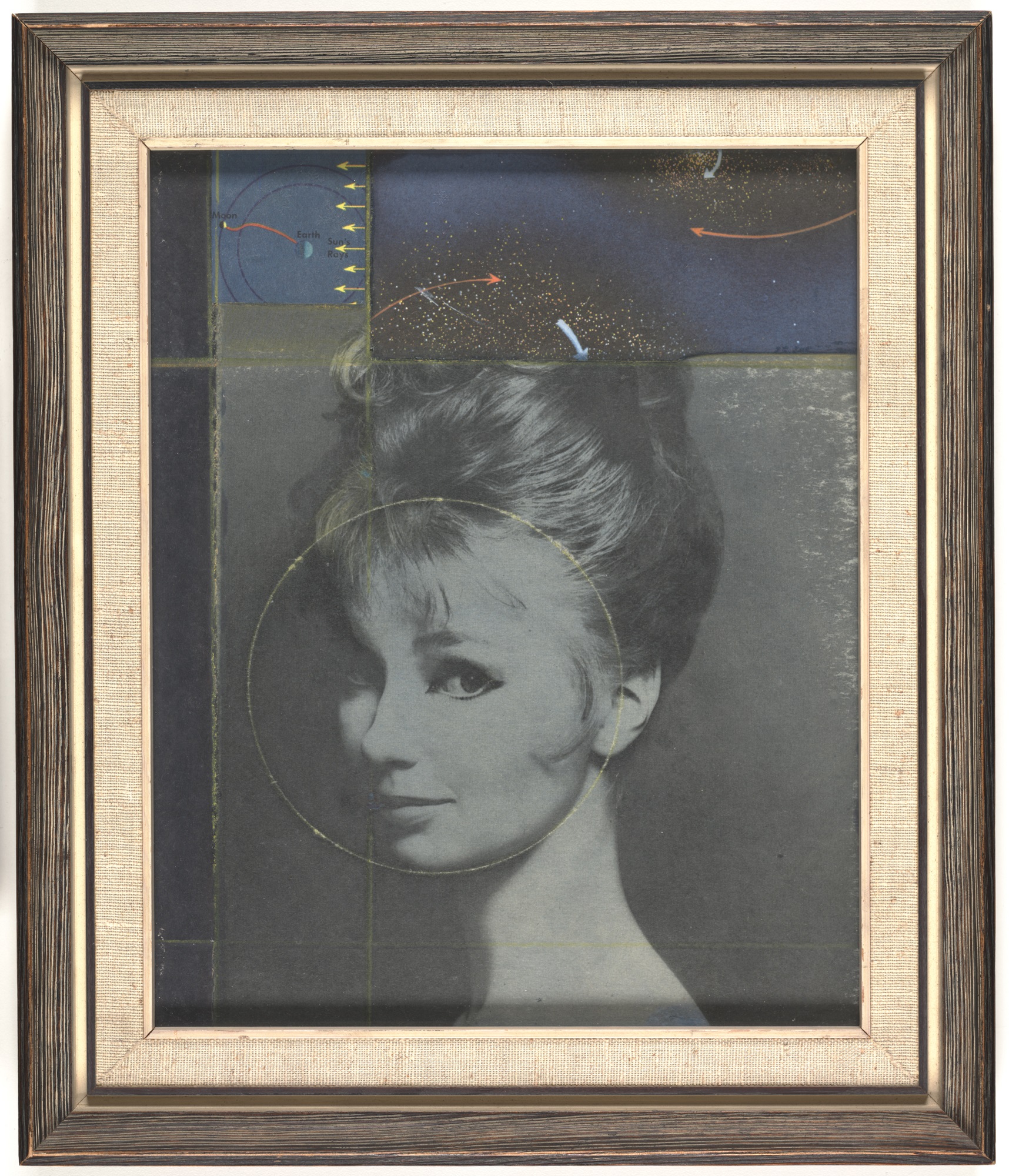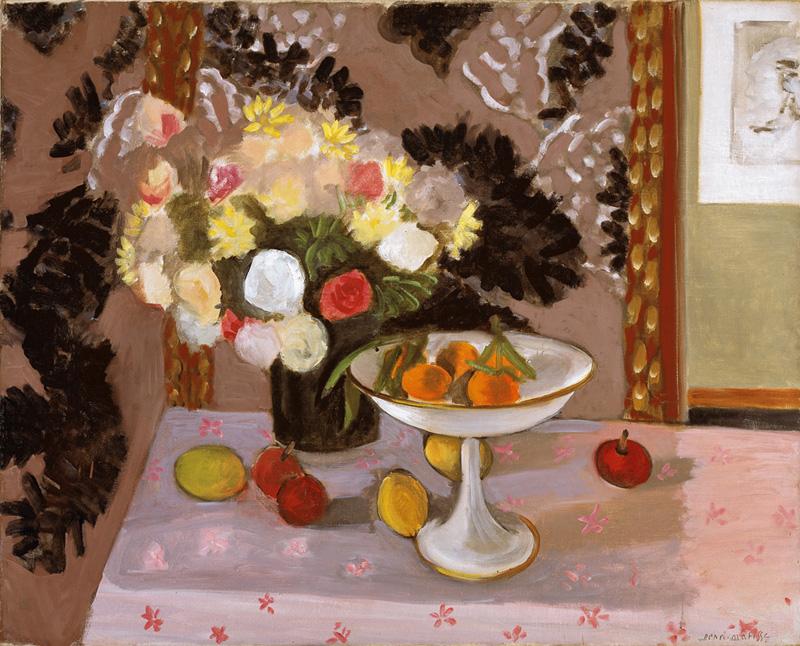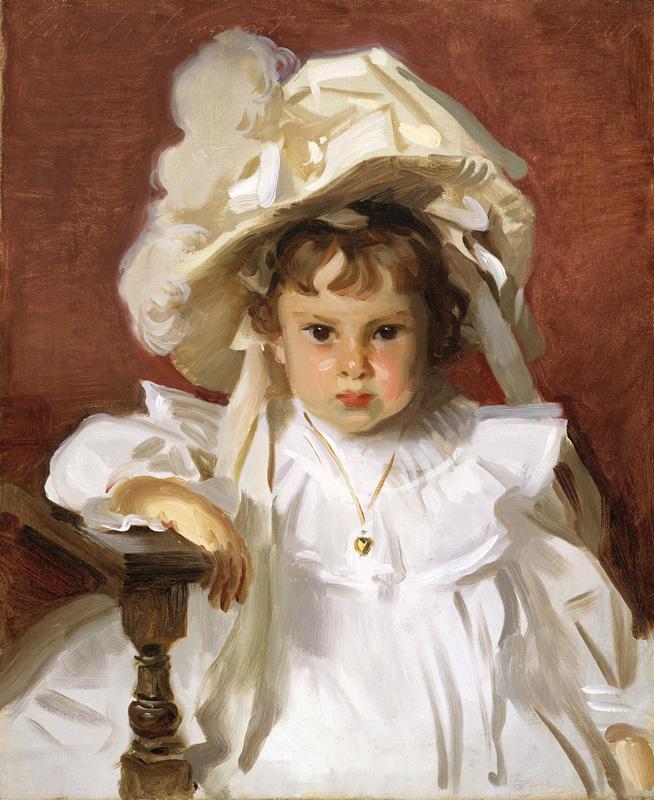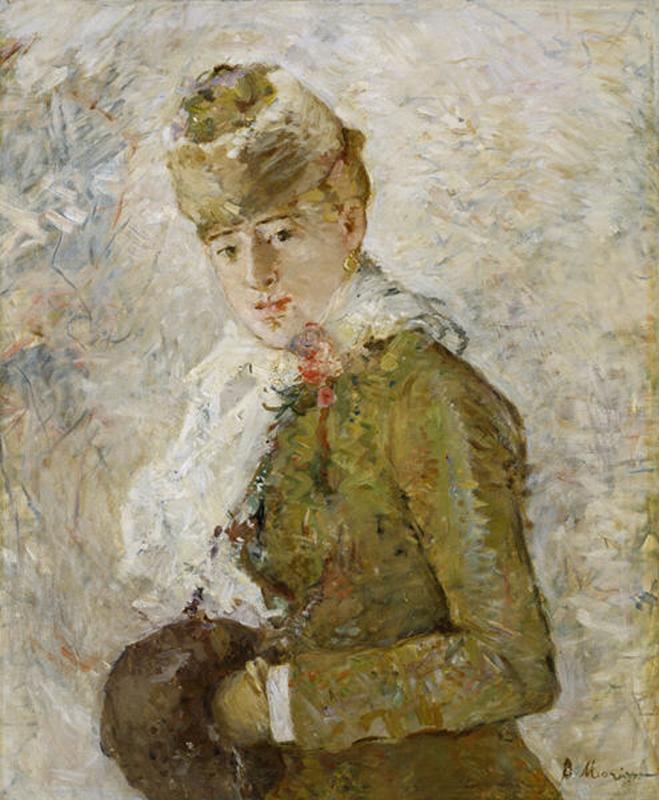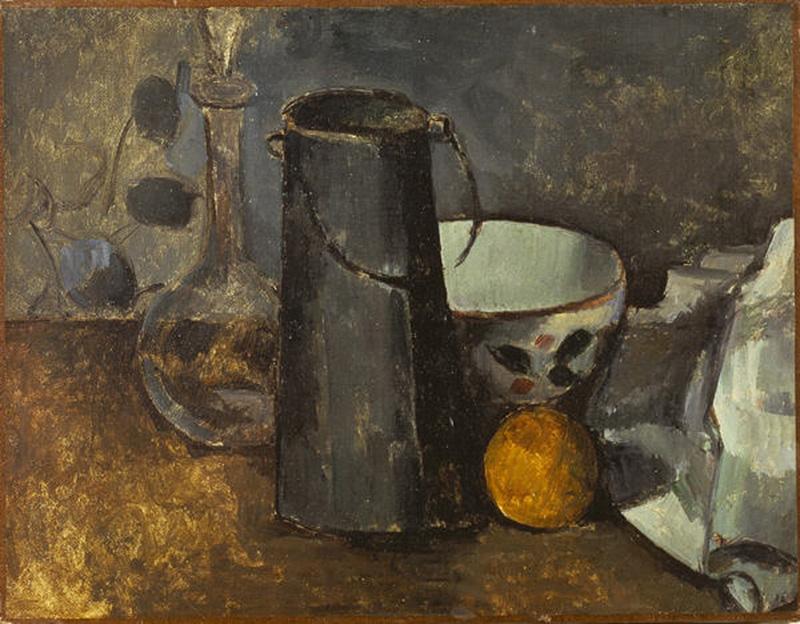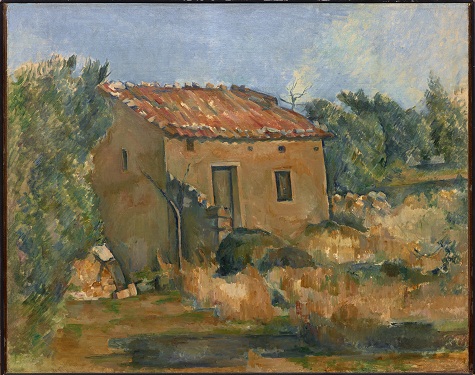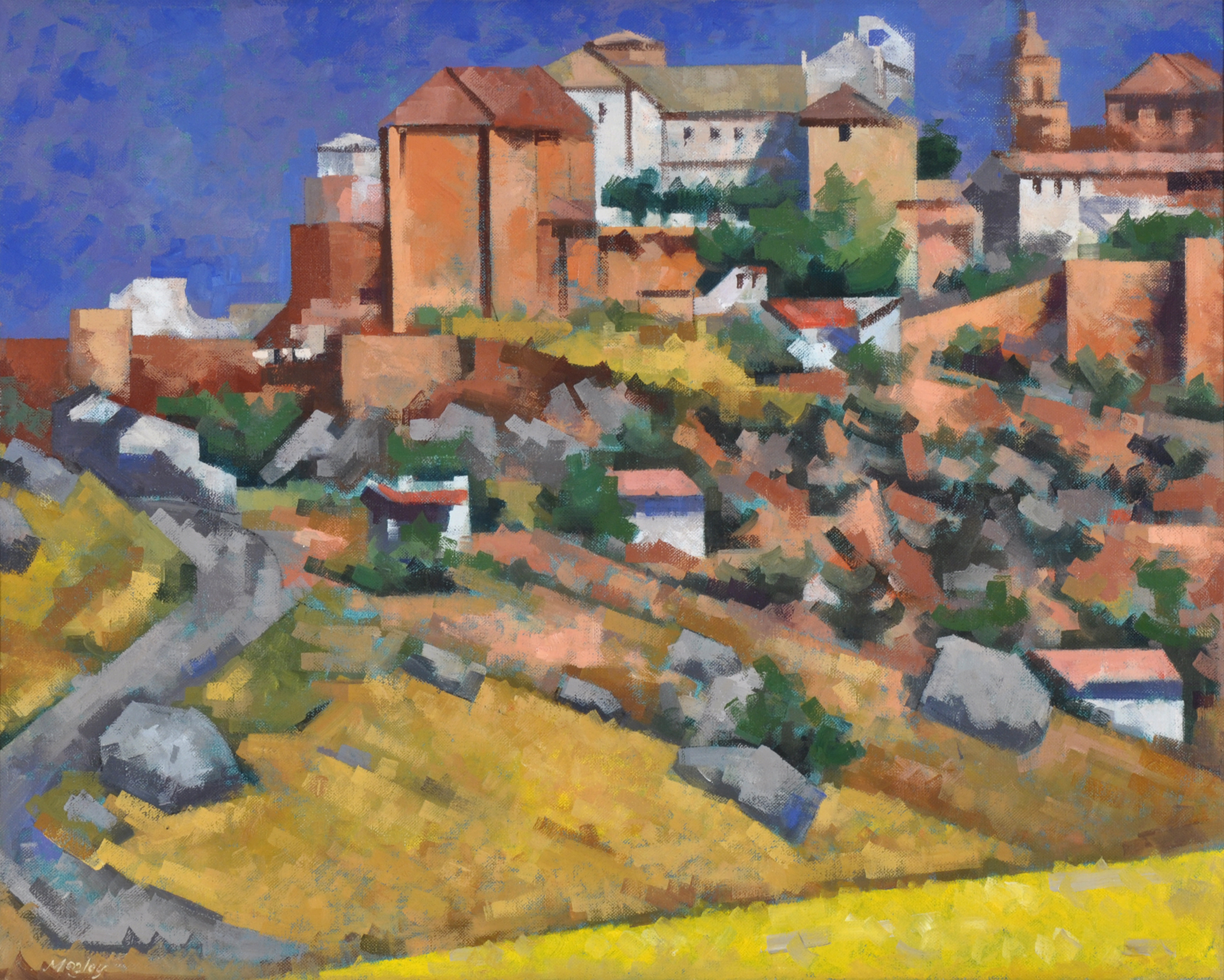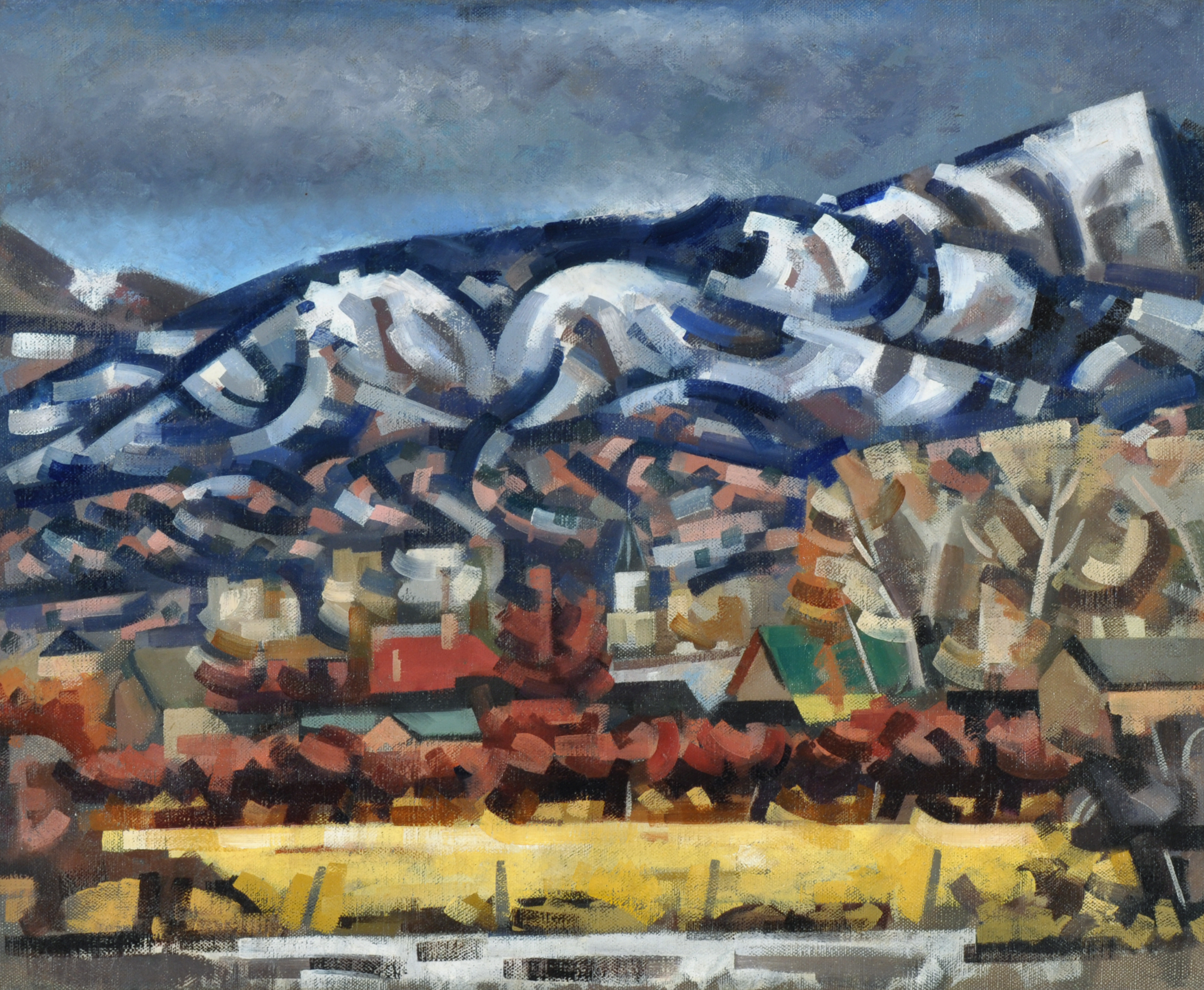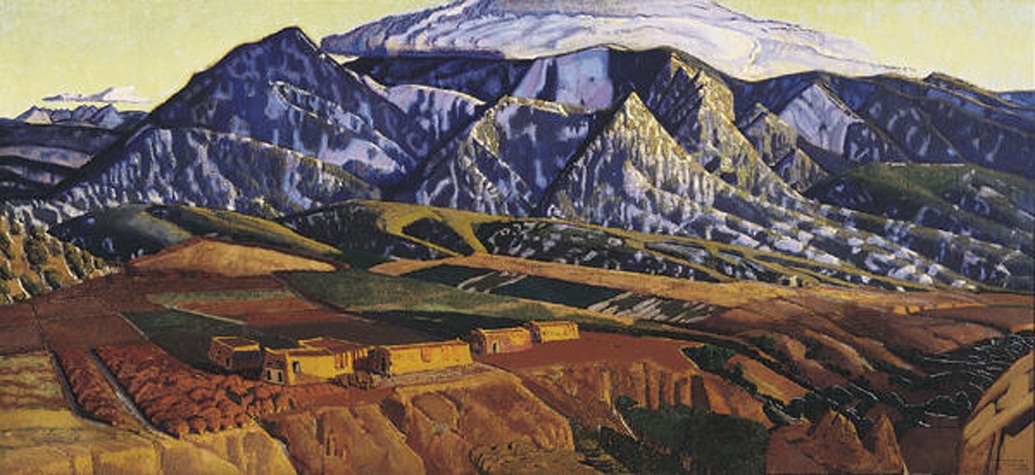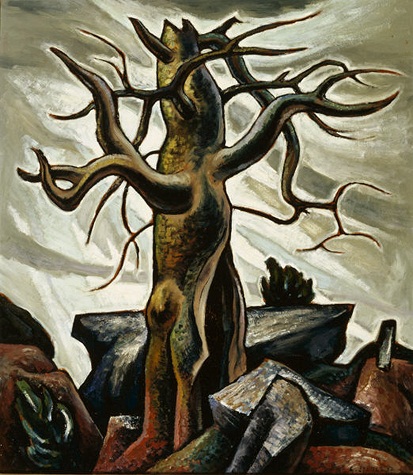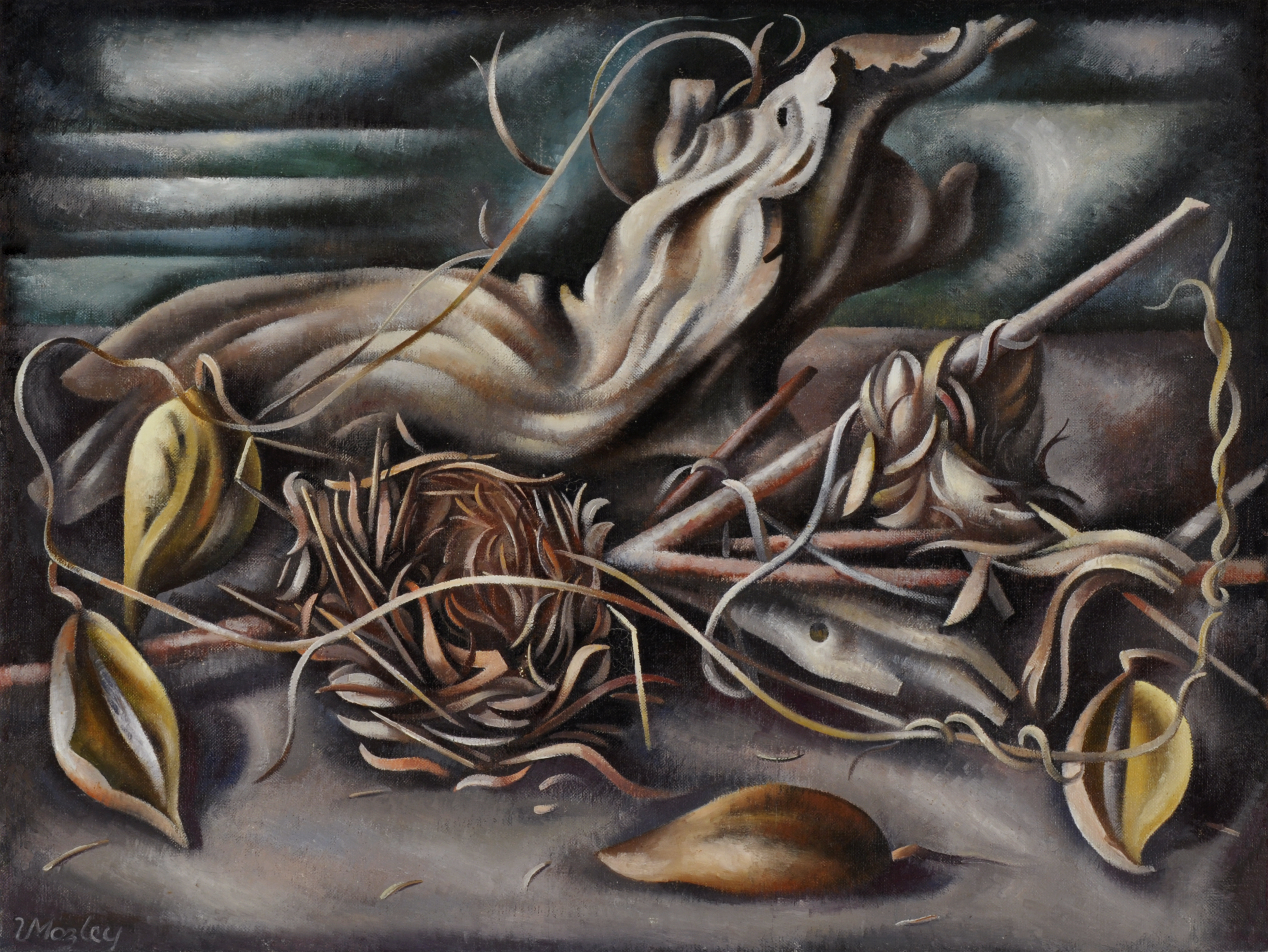This year, the Dallas Museum of Art celebrates the 30th anniversary of the opening of the Wendy and Emery Reves Galleries, which house a varied and celebrated collection of paintings, sculptures, furnishings, and decorative arts. The Reves Galleries were designed as a replica, on a slightly reduced scale, of the principle rooms in the couple’s villa on the French Riviera. The unusual domestic character of these galleries has made them both loved and loathed over the years. They offer an opportunity to step into the past and discover the history of art collecting and display in the mid-20th century. But, the barriers that separate visitors from the displays have been a perennial frustration. As curators, we are often as frustrated as our audiences with the limitations of the display in the Reves Galleries. Yes, we feel your pain.
This spring, we are making some modest refurbishments to two of the rooms in the Reves Galleries that will require them to be closed for some months (the rest of the Reves wing will remain open). We’ll take advantage of the partial closure to photograph the works of art on view in those galleries as part of the DMA’s multi-year digital cataloging project. In coming months, visitors to our online collection will discover the fruits of that labor in hundreds of new and improved images of works of art in the Reves Collection. But, there will be also be an even more immediate opportunity for visitors to take a closer look at some of the Reves treasures.
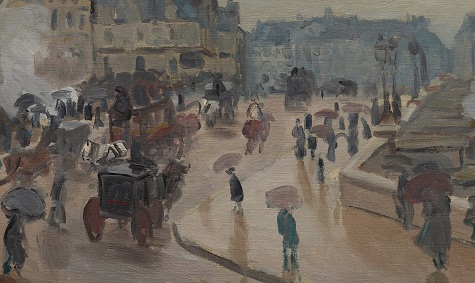
Claude Monet, The Pont Neuf (detail), 1871, oil on canvas, Dallas Museum of Art, The Wendy and Emery Reves Collection, 1985.R.38
On January 31, we will open an intimate exhibition, included in free general admission, in Focus Gallery II on Level 1, featuring the great impressionist paintings from the Reves Collection, including works by Pierre-Auguste Renoir, Claude Monet, Camille Pissarro, and Paul Cézanne. These works, usually on display in the Library and Grand Salon of the Reves Galleries, are among the greatest treasures of the Reves Collection . . . and among the most difficult to appreciate in their current setting, hanging on distant walls some twenty or even thirty feet from the barriers. In the exhibition Impressionist Paintings from the Reves Collection, thirteen of the greatest paintings from the Reves Collection will be brought together for a period of close study and exploration. Anyone who has longed for a closer view of these paintings will revel in this opportunity, curators included! But, this opportunity will be a limited one. Impressionist Paintings from the Reves Collection will be on view only until March 22, so be sure to plan a visit soon for an up-close and personal visit with these old friends.
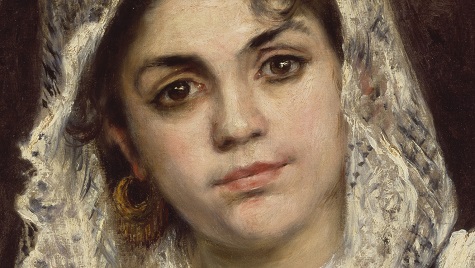
Pierre-Auguste Renoir, Lise in a White Shawl (detail), c. 1872, oil on canvas, Dallas Museum of Art, The Wendy and Emery Reves Collection, 1985.R.58
Heather MacDonald is The Lillian and James H. Clark Associate Curator of European Art at the DMA.




